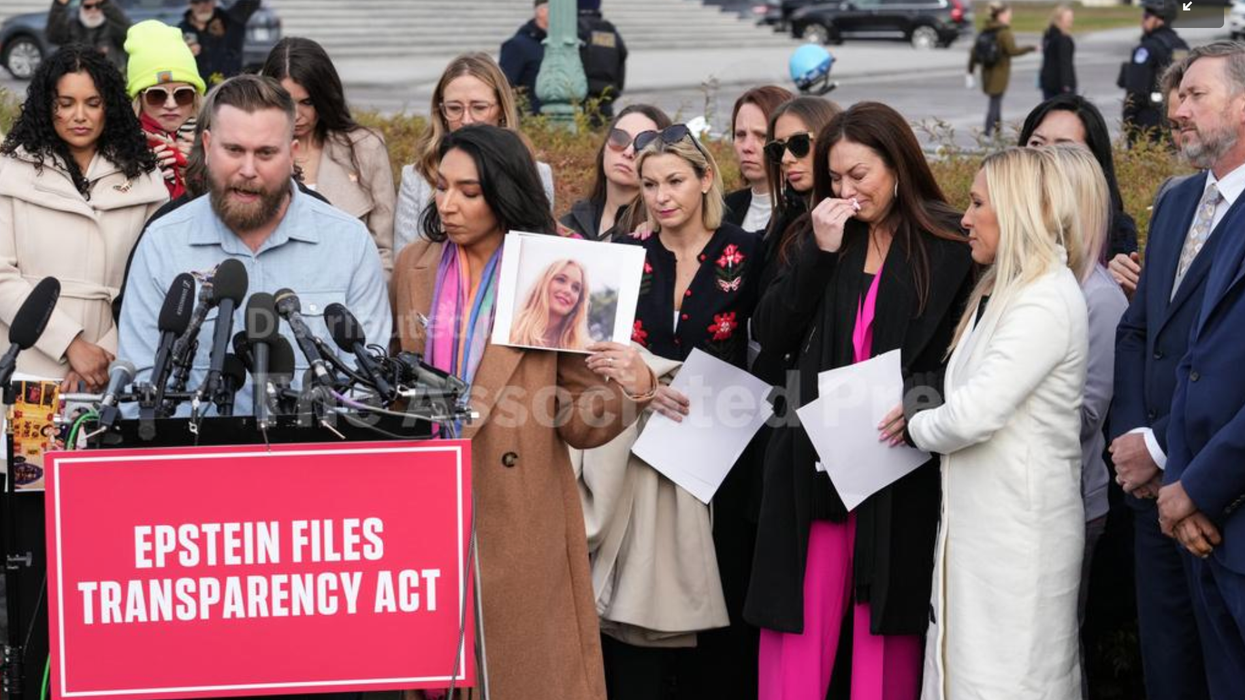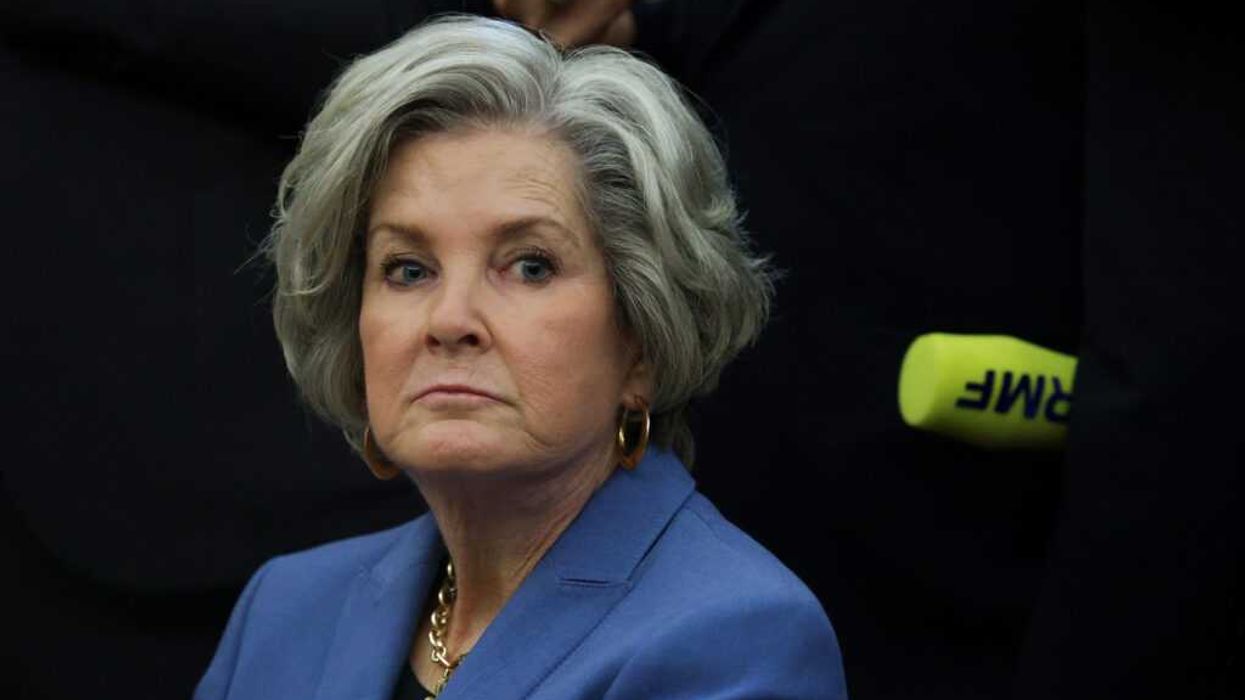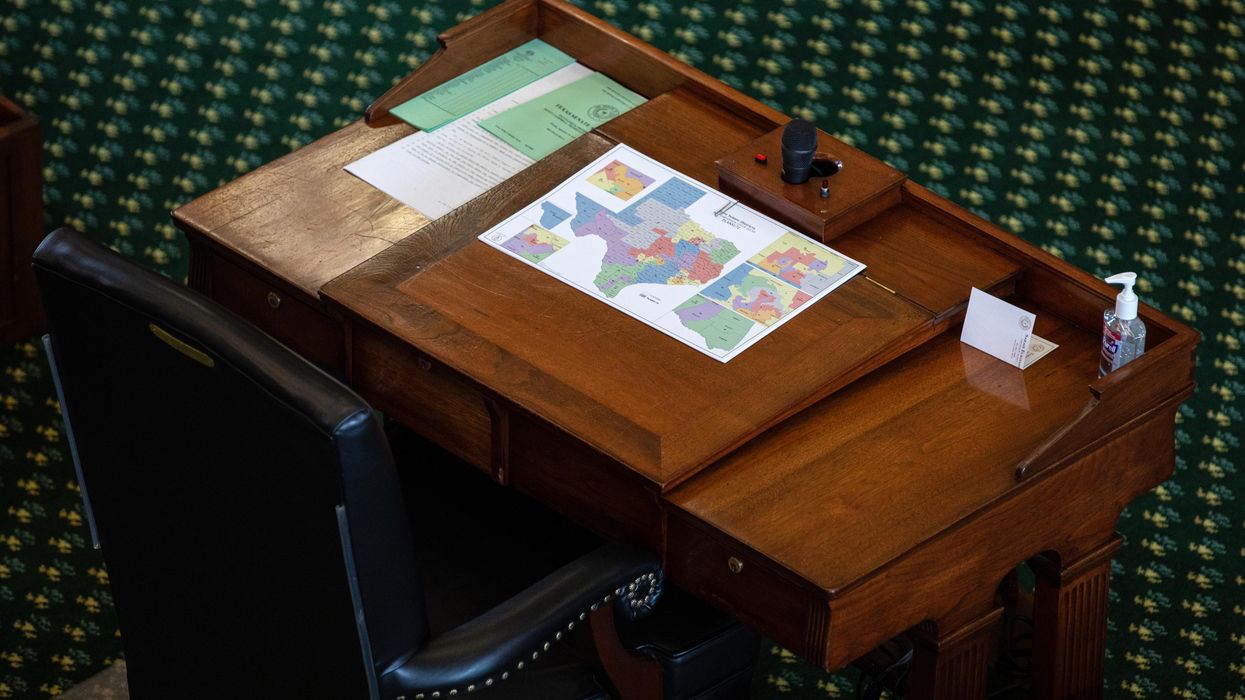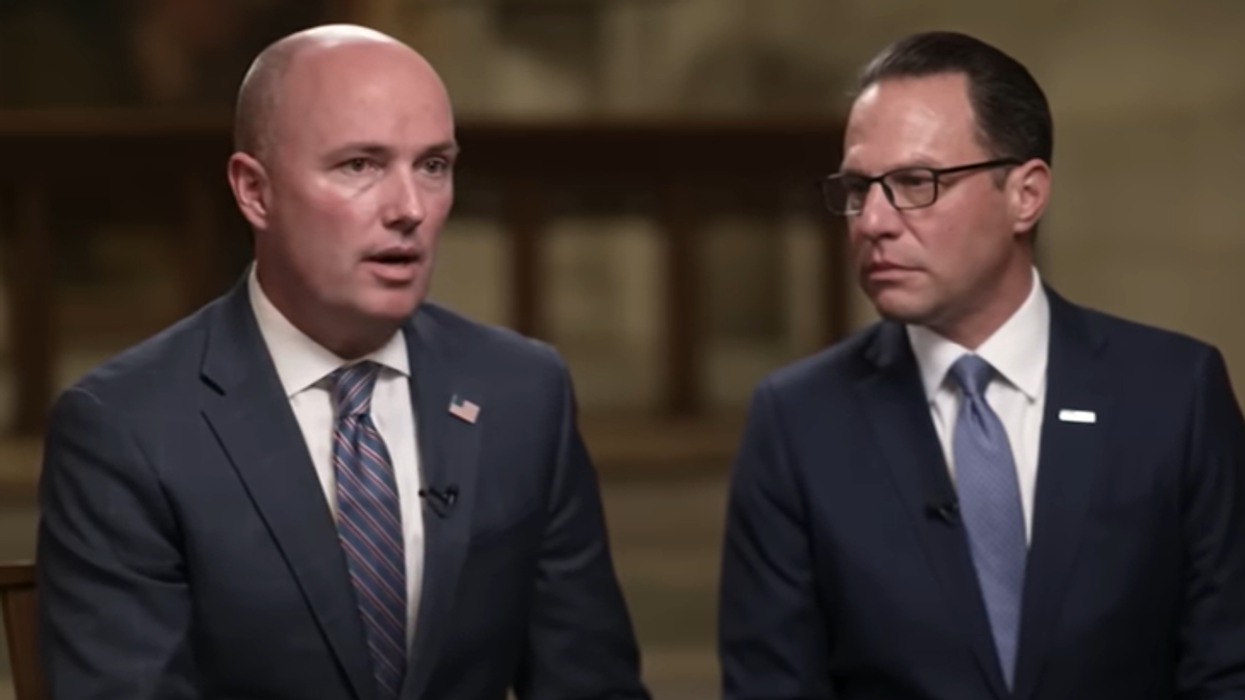Welcome to Democracy In Action, insights and discussion about some of the most talked-about topics of the previous month with Fulcrum collaborators.
Consistent with the Fulcrum's mission, this program strives to share many perspectives to widen our readers' viewpoints.
There is, as always, so much to talk about…including President Trump and V-P JD Vance are accused of ambushing Ukrainian president Volodymyr Zelenskyy in the Oval Office, Elon Musk leading an assault on USAID, and Linda McMahon being confirmed as secretary of education.
Joining us to discuss these topics and more are:
Doris Maldonado Mendez, a member of the Connecticut Mirror’s Community Editorial Board.
Dr. Ulcca Joshi Hansen, a futurist and the author of the award-winning book The Future of Smart. Her research and writing focus on bridging cultural and ideological divides during periods of rapid social change.
Seth David Radwell, author of “American Schism: How the Two Enlightenments Hold the Secret to Healing our Nation” and he serves on the Advisory Councils at Business for America, RepresentUs, and The Grand Bargain Project.
I am the executive editor of the Fulcrum and a board member of the Bridge Alliance Education Fund, the parent organization of The Fulcrum. He is the publisher of the Latino News Network and a trainer with the Solutions Journalism Network.
We began the conversation with President Trump’s threat to shut down the Department of Education.
- YouTubeyoutu.be


















